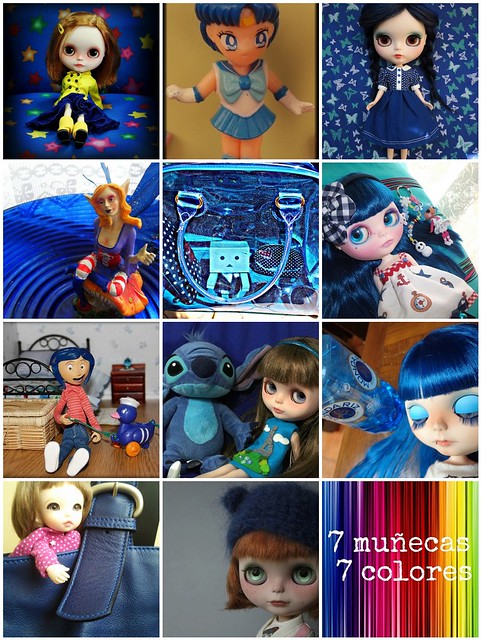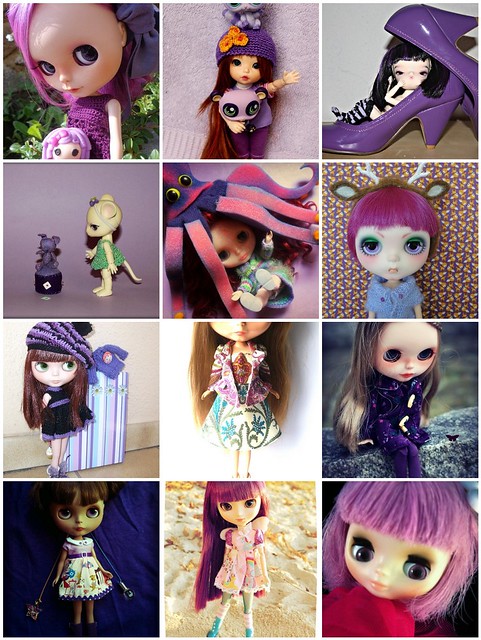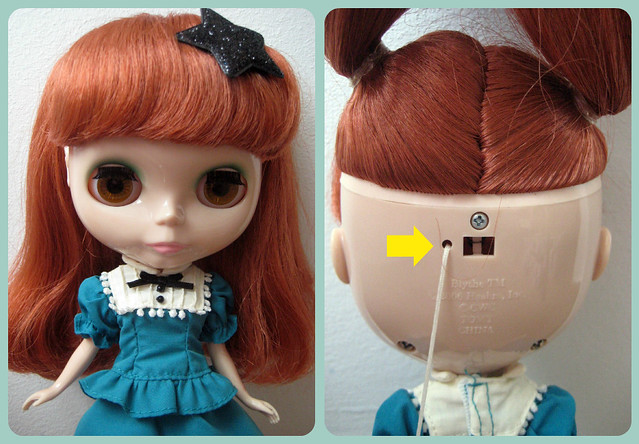Aprovechando que mi amiga Sandra me ha preguntado sobre dónde encontrar fondos sencillos para dioramas, se me ha ocurrido que podía publicar una entrada al respecto; pero como no quiero sólo centrarme en mis muñecas, haré un post que os resultará útil cuando busqueis fondos básicos (tanto para vuestros dioramas o escenarios, como para vuestra web, blog o diseños personales)
- En el caso de los blogs y páginas web, es importante cuidar su estética y armonía. Si sois asiduos lectores de algunos de ellos, os habreis dado cuenta de que la apariencia resulta casi tan importante como su contenido, por eso resulta muy importante elegir un buen fondo, que lo dote de personalidad, pero que no despiste al lector.
- En el caso de los dioramas y escenarios, también es necesario crear cierta armonía entre todos sus elementos, de modo que el ambiente no resulte demasiado cargante y provoque que nos perdamos los pequeños detalles.
En la red existen infinitos bancos de imágenes dónde encontraremos fondos interesantes, pero en ocasiones los colores no se corresponden con las tonalidades que tenemos en mente y terminamos desesperándonos. Otras veces, elegimos fondos demasiado recargados, que saturan la visión de nuestros blogs. Y no hemos de olvidarnos, sobre todo cuando no somos expertos diseñadores, que menos es más.
Una solución a este problema, son los generadores de patterns o tramas, programas que nos permiten crear y modificar fondos en base a diferentes patrones que se repiten.
Ventajas de un generador de patterns:
- No utilizan imágenes, generan distintos patrones o mosaicos que son perfectos para usar como texturas.
- Son herramientas rápidas, fáciles de utilizar y bastante intuitivas
- Podemos diseñar nuestros propios motivos y utilizarlos en el futuro en nuestras creaciones y diseños.
- Podemos modificar las tonalidades y adaptarlas a la gama de colores que tenemos pensada.
Desventajas de un generador de patterns:
- Los diseños generados son impersonales y en algunas ocasiones puede resultar negativo, todo depende de cómo los combinemos y se adapten al diseño.
- Hay tantas opciones y son tan simples, que nos costará decidirnos.
ALGUNOS EJEMPLOS DE GENERADORES DE PATTERNS O TRAMAS SON:
Ventajas de un generador de patterns:
- No utilizan imágenes, generan distintos patrones o mosaicos que son perfectos para usar como texturas.
- Son herramientas rápidas, fáciles de utilizar y bastante intuitivas
- Podemos diseñar nuestros propios motivos y utilizarlos en el futuro en nuestras creaciones y diseños.
- Podemos modificar las tonalidades y adaptarlas a la gama de colores que tenemos pensada.
Desventajas de un generador de patterns:
- Los diseños generados son impersonales y en algunas ocasiones puede resultar negativo, todo depende de cómo los combinemos y se adapten al diseño.
- Hay tantas opciones y son tan simples, que nos costará decidirnos.
ALGUNOS EJEMPLOS DE GENERADORES DE PATTERNS O TRAMAS SON:
Patternizer os permite crear fondos con estampados de vichy, cuadros escoceses o rayas.
En la siguiente imagen podéis ver para qué sirven los botones principales.

Pattercooler llega un poco más allá y os ofrece fondos algo más elaborados, con múltiples tramas que podeis colorear a vuestro antojo. Para guardar vuestras creaciones de forma gratuita debéis de seleccionar la opción *.png
Éstas 3 tramas las diseñé mientras elaboraba el tutorial y podéis descargarlas y utilizarlas sin ningún problema.
En la siguiente imagen podéis ver para qué sirven los botones principales.

Este generador está especialmente recomendado si buscais un fondo a rayas. Su funcionamiento es tan sencillo como el anterior pero para guardar los cambios debéis de hacer click encima de las dos flechas.
El panel de la izquierda sirve para modificar el tamaño de las rayas, el espacio entre ellas, el color, estilo de fondo, sombra, colores de fondo y orientación.
Algunas de las creaciones que podéis obtener con los mencionados generadores son:
 |  |  |
Éstas 3 tramas las diseñé mientras elaboraba el tutorial y podéis descargarlas y utilizarlas sin ningún problema.
¿Y a vosotros/as? ¿Os gustan los generadores de patterns o preferís utilizar fondos más elaborados?





























